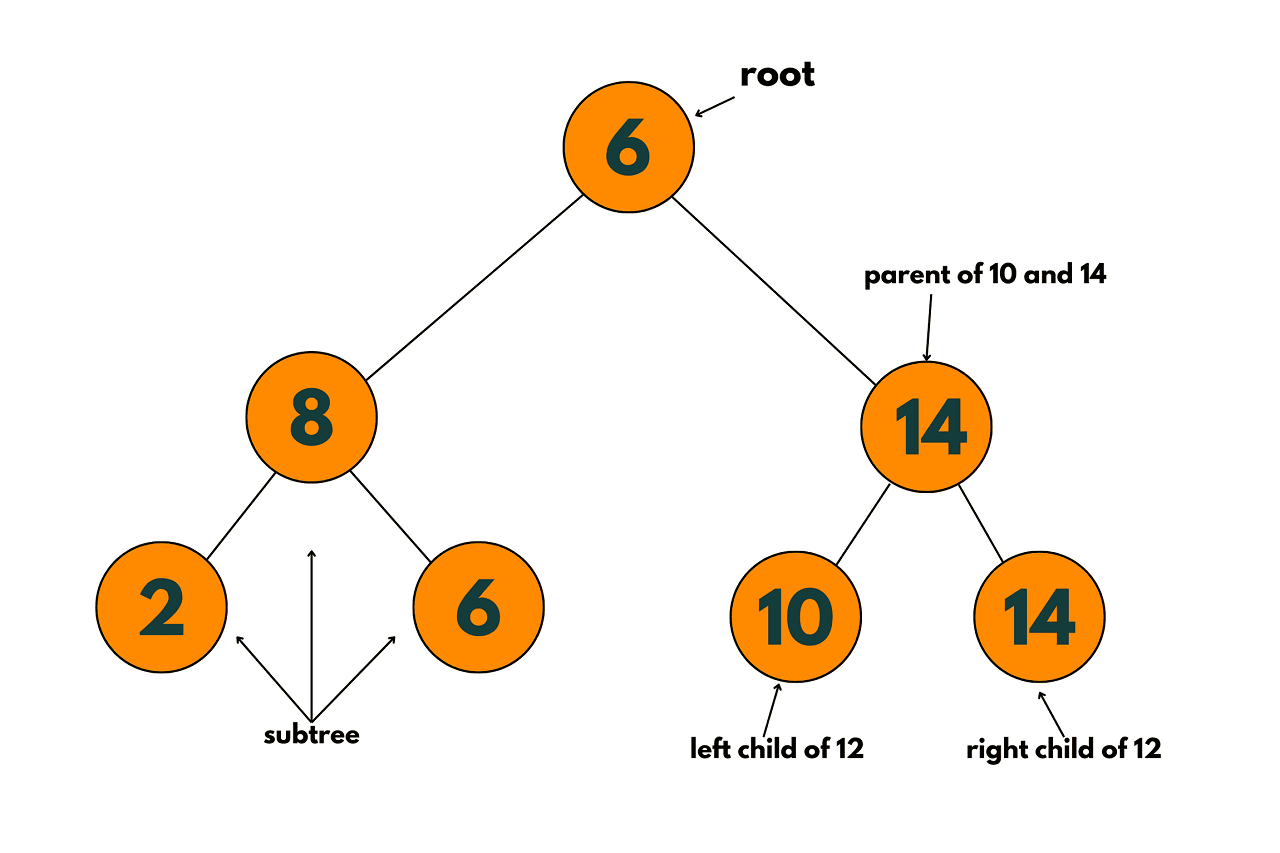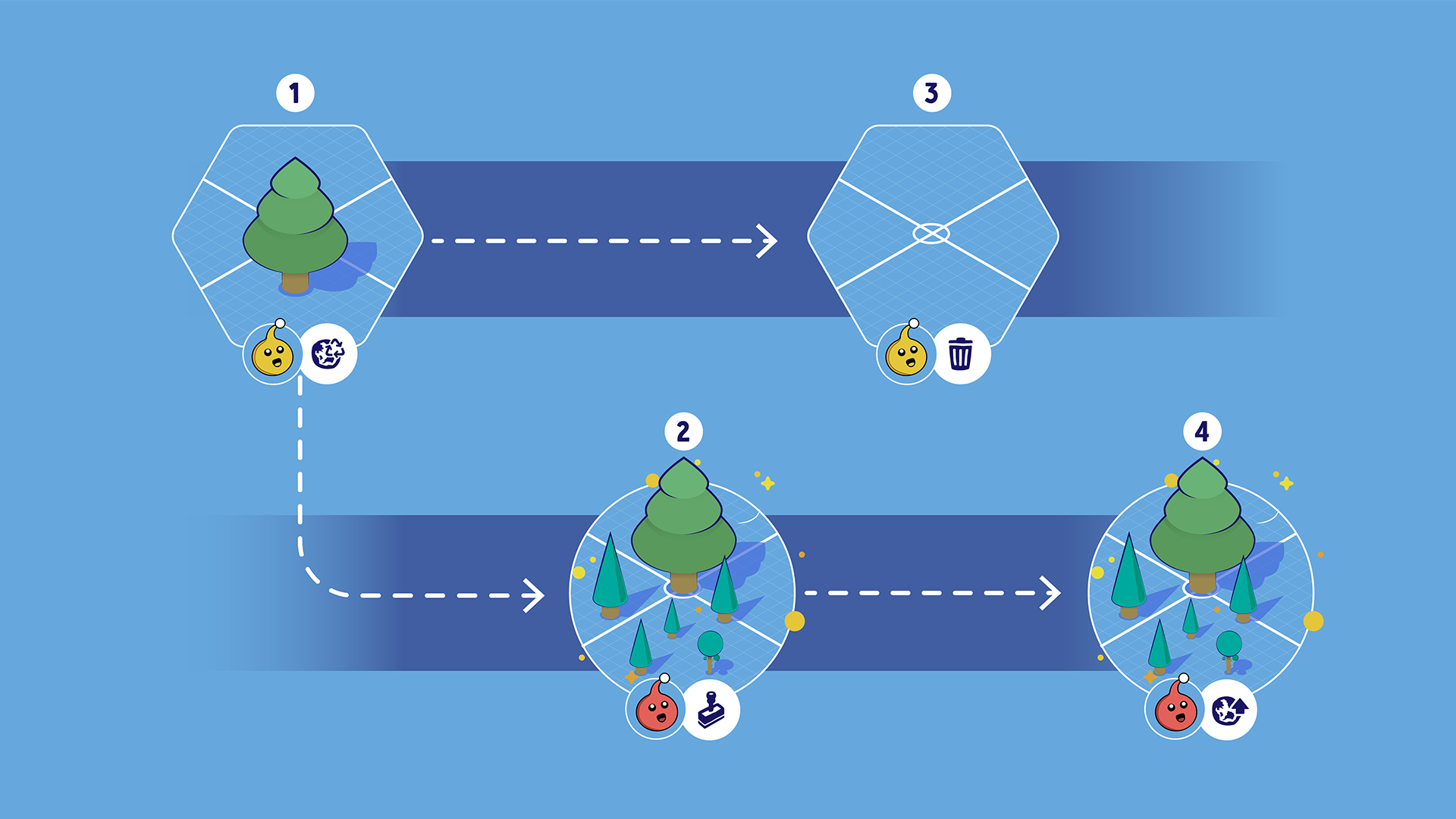In the digital age, the concept of ‘deleting’ a photo is a comforting illusion. Many of us believe that by pressing delete, our digital footprints are erased forever. However, the reality is far more complex and less reassuring. As we continue to navigate our lives through the lenses of our smartphones and cloud services, understanding the intricate dance of data deletion becomes crucial.

A Deep Dive into Digital Deletion
“Photos does not actually delete photos immediately when you tap the Delete button,” explains Thomas Reed, director of technology at security firm Malwarebytes. This revelation is just the tip of the iceberg. According to Reed, what actually happens is that these photos are relocated to a ‘Recently Deleted’ list, still residing on the device but hidden from view in any albums. This delayed deletion process is common across many digital platforms, not just in the realm of personal devices.

The Cloud: A Misunderstood Entity
The cloud, often envisioned as an ethereal and remote data haven, operates under principles similar to the hard disks of old. “At a conceptual level, the hard disk and cloud work the same,” says Wardle, a technology analyst. “The cloud is just someone else’s computer.” This simplification helps demystify the cloud’s function but also highlights the complex process involved when a photo is deleted from a device but must also be removed from the cloud and all synced devices.

Google and Apple, two titans of tech, outline their deletion protocols quite openly. Both companies maintain policies of retaining deleted photos for a set period, 30 to 60 days, to allow for accidental deletions to be reversed. This windowed deletion feature is practical yet raises questions about the permanence of digital deletion.
The Many Stages of Photo Deletion
Google’s cloud services delineate several stages of deletion: soft deletion, logical deletion, and eventual expiration. In practice, this means that data marked for deletion is not immediately erased but is rather designated as available storage to be overwritten in time. “Delete equals ‘let’s just make this space available until something else comes along,'” Google documents explain.
Yet, there’s an unpredictable element to this process. For example, an old iCloud backup or a stubborn iOS bug could resurrect previously deleted photos, often to the user’s surprise. This phenomenon exposes a startling truth: once digital data is created, achieving its complete erasure is an uncertain endeavor.
The Permanence of Shared Digital Content
In an era where sharing is second nature, once a photo is sent or posted online, it potentially lives indefinitely in the digital ecosystem. “You can never unshare a delete,” reflects the narrative of our digital interactions. Photos may be removed from your device or account, yet they remain within the reach of anyone who has downloaded, screenshotted, or further shared them.
Reflecting on Our Digital Footprint
As we accumulate thousands of digital memories, the question of their permanence looms large. The ease of capturing moments belies the complexity and potential permanence of their digital existence. “After 28,941 photos on my iPhone and in the cloud—and the risk of more deleted ones returning—I still don’t know the answer,” admits the author, reflecting a sentiment many of us share.
Conclusion: The Myth of Deletion
Understanding the nuances of digital deletion is more than technical savvy—it’s a necessary aspect of digital literacy in the 21st century. While we may not have chosen to live in an era where our memories are digitized, we do choose how we manage them. Whether we opt to treat our digital photos with the ephemerality they seemingly promise or acknowledge their potential long-term presence, the power lies in our informed decisions.
In this digital dance of deletion, our understanding of technology’s limitations and capabilities shapes our approach to privacy, data management, and ultimately, how we preserve our personal histories in the digital age.










